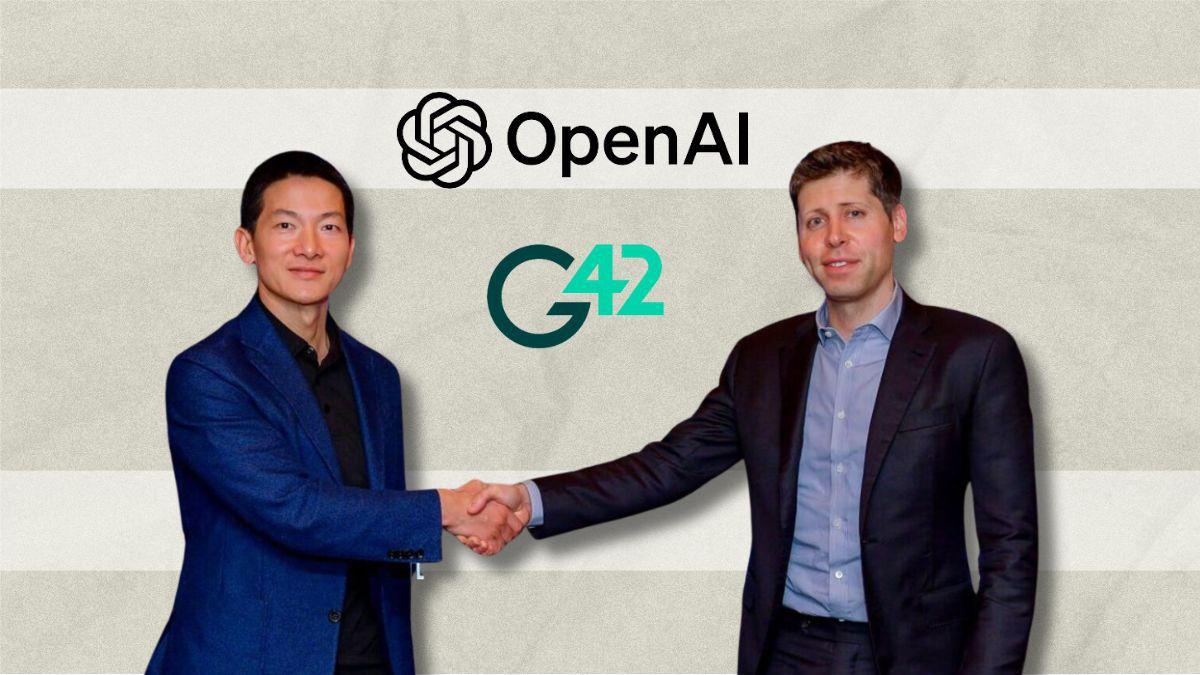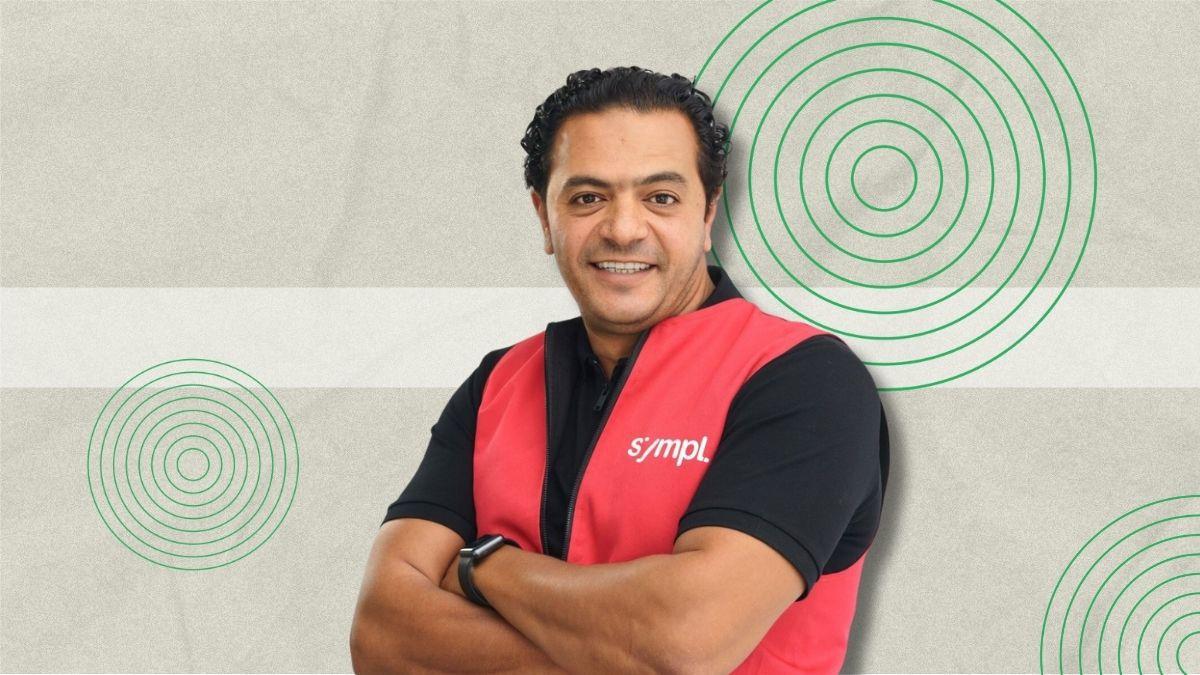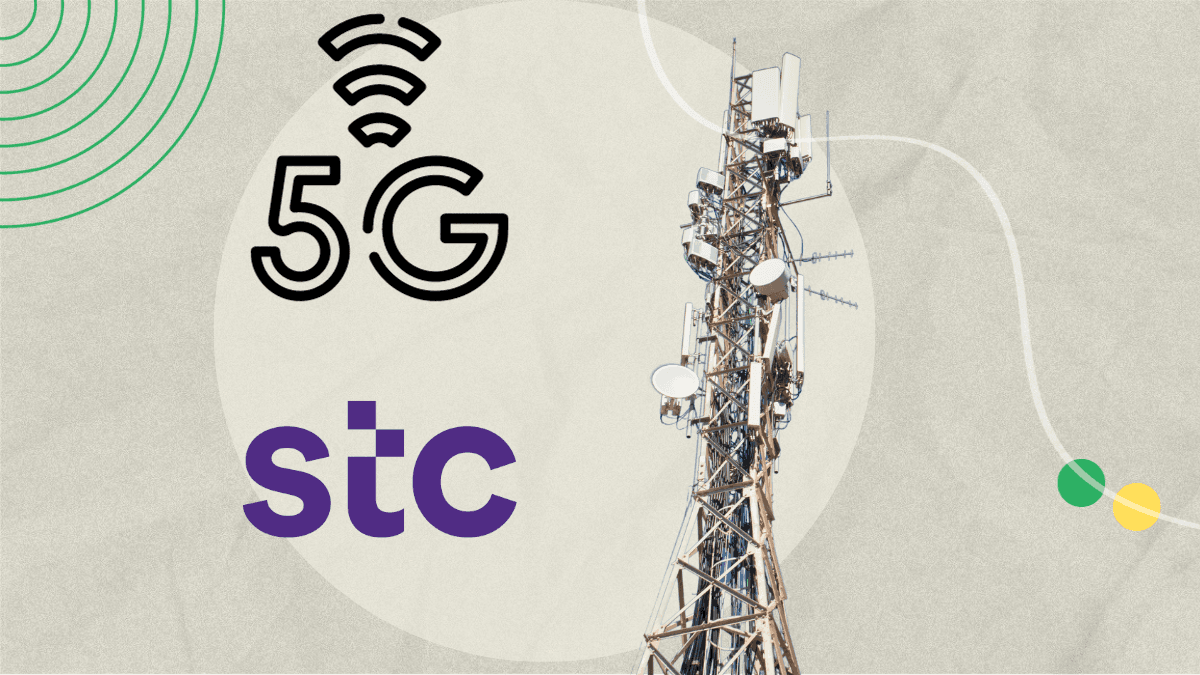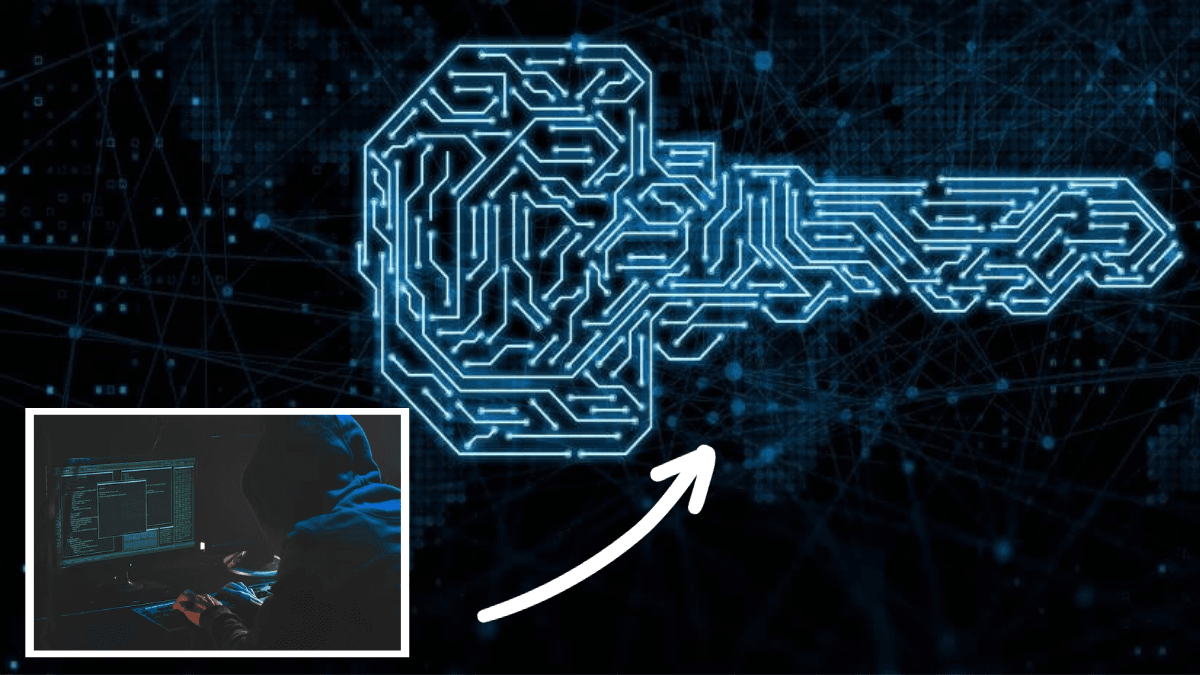OpenAI collaborates with Abu Dhabi’s G42 to boost AI integration in UAE

2 min
OpenAI and Abu Dhabi's G42 collaborate to enhance AI integration in the Middle East.
G42 announces using Microsoft's Azure Data centers in regional AI expansion.
On Abu Dhabi's visit, OpenAI CEO Sam Altman advocated for Global AI regulation.
OpenAI, the organization behind ChatGPT, has entered a collaboration with Abu Dhabi tech giant G42 to amplify the incorporation of artificial intelligence in the United Arab Emirates and neighboring Middle Eastern regions.
Originating from the emirate of Abu Dhabi, G42 plans to deploy OpenAI's cutting-edge AI models in sectors such as finance, energy, healthcare, and government services.
While the financial specifics of the partnership remain undisclosed, this move aligns with broader initiatives to enhance the UAE's technological landscape.
Neither company was immediately available for comment when approached by Reuters.
Supported by Mubadala, G42 has consistently been a leader in the AI space within the UAE. As evidence, in July, G42 announced its collaboration with the US-based AI entity Cerebras Systems to produce the world's premier supercomputer dedicated to AI training.
Furthering the AI momentum, the Advanced Technology Research Council (ATRC) in Abu Dhabi released its Falcom 40B language model for research and commercial purposes earlier this year.
In its commitment to elevate regional AI capabilities, G42 revealed intentions to integrate Microsoft's Azure data centers into its AI framework.
Notably, Sam Altman, OpenAI's CEO, had been in Abu Dhabi in the middle of the year during his global AI outreach. During the visit, he emphasized the importance of international governance in AI advancements.
The biggest stories delivered to your inbox.
By clicking 'Register', you accept Arageek's Terms, Privacy Policy, and agree to receive our newsletter.
Comments
Contribute to the discussion









